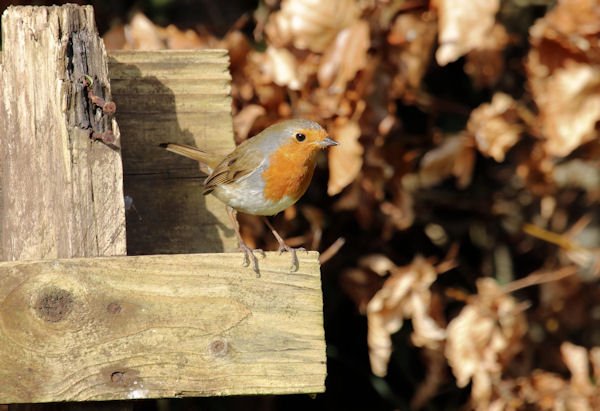
It has been a difficult week so far. Lady Helen, already house-bound at Boris’s request, came a cropper at the treacherous water jump and turned her fetlock. In the great scheme of things it is not a big problem, but obviously I don’t dare to tell her that.
When we were told that the gymkana wouldn’t be going ahead, we set about making a short course in the garden to help keep Lady Helen up to show standard.
She had already scored 8 faults and a refusal by the time she reached the water. She should have bailed but, game gel that she is, took a huge leap, slipped and spread-eagled on landing. So her Ladyship is now laid up with a gammy leg and our short course is redundant.
Actually, that is not entirely true. Our garden birds have taken to using the jumps and markers as lookout posts from which to drop on unsuspecting worms and insects. Lady Helen’s thundering progress kicked up the turf and brought opportunities for our resident Eurasian Blackbirds.
There are at least four individuals, 2 males and two females. Outside of the breeding season the birds are reasonably tolerant of each other, often feeding in close proximity, but as spring moves on they are likely to become far more territorial and defensive. It will be interesting to watch the dynamic change as the weeks pass.
Surveying the carnage at “The Wall”
The male is jet black with a bright orange beak, while the female is dowdy brown, often with some mottling on the breast. Her beak is much duller orange. Given the opportunity to spend more time watching the birds in my own garden, I have been able to split the two females and can now readily recognise which is which.
There is also a pair of European Robins (our robin is a flycatcher, not a thrush) in the garden. The male has cut a lonely figure during the winter, but a female has joined him now and they look to be making a go of it. Quality time in the garden has allowed me to separate the male from the female.
Even experts are often reticent to commit to the gender of a robin. The upperbird of a copulating pair would be a good indication. In our garden, the bird that remained over winter (females often migrate while males stay on their territory) became quite confiding and would come close while I was in the garden.
One bird still does this, while the other bird maintains a respectable social distance. So on this basis, I believe that I can separate the pair.
As a typical flycatcher, the robins have been unable to resist the new ambush opportunities. The male is still the more bold and posed provocatively on the treble jump.

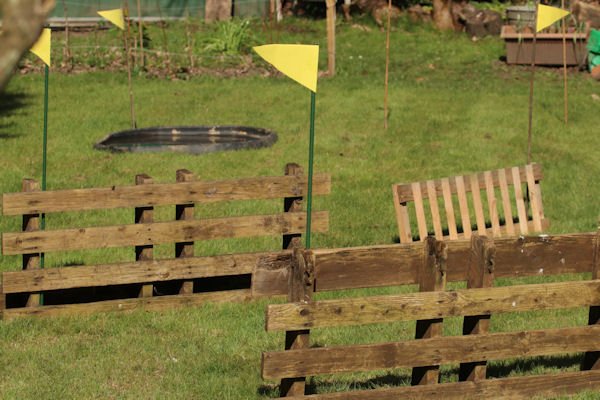
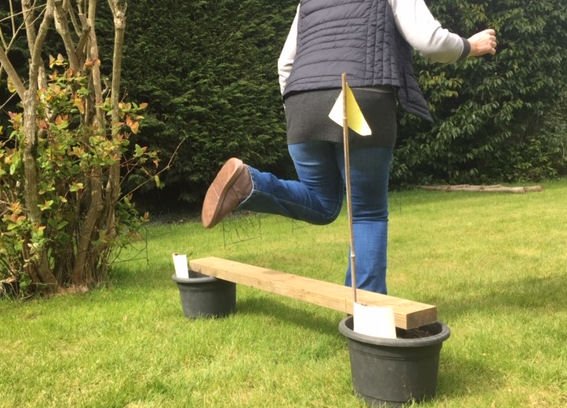

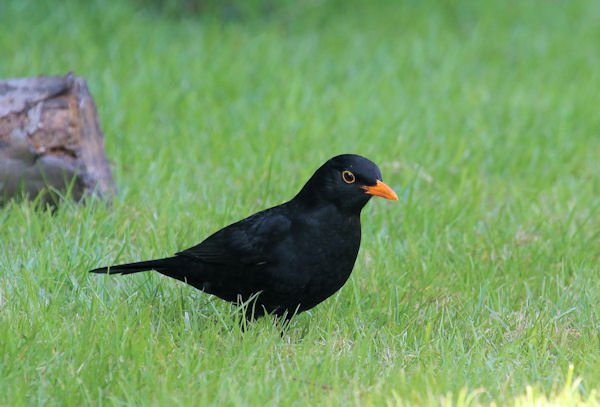
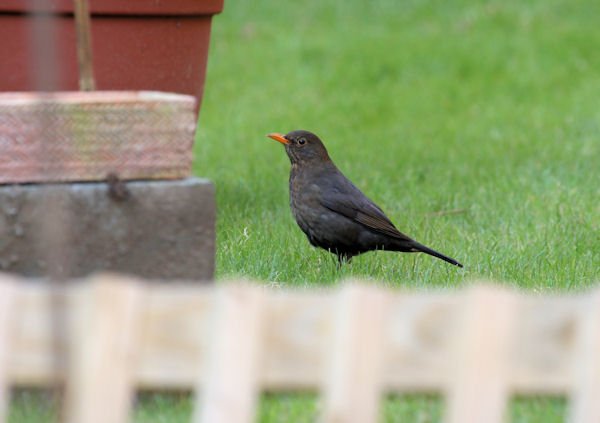
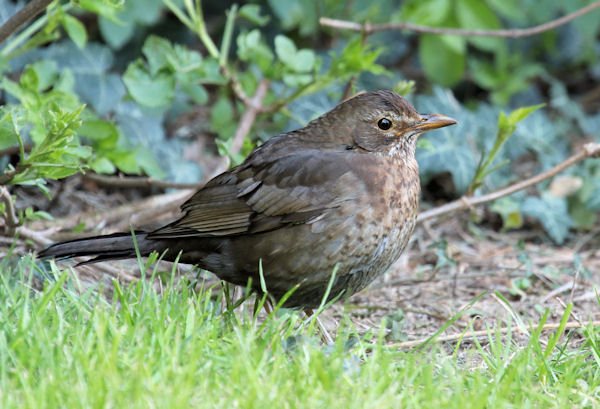
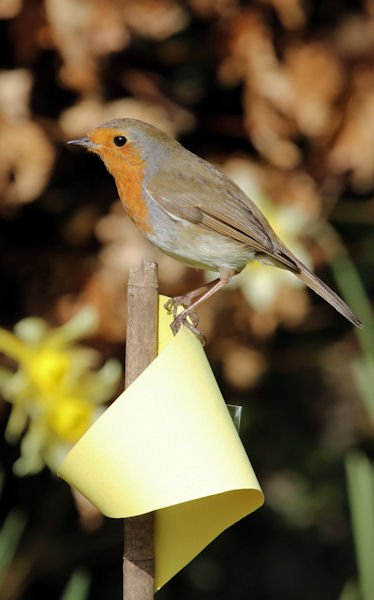
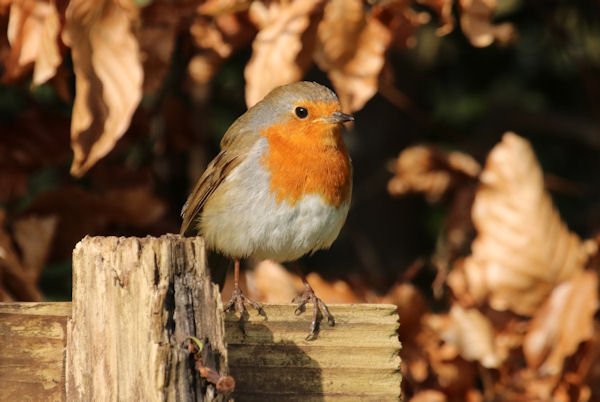
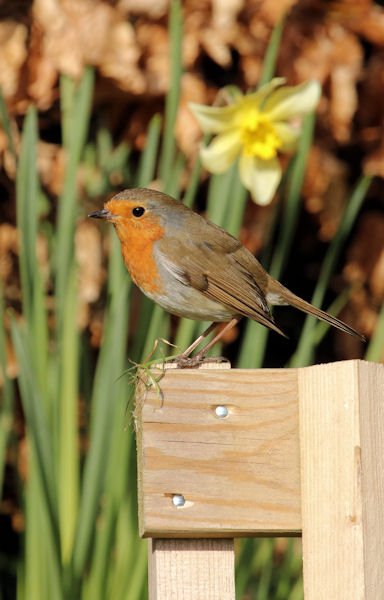










Leave a Comment